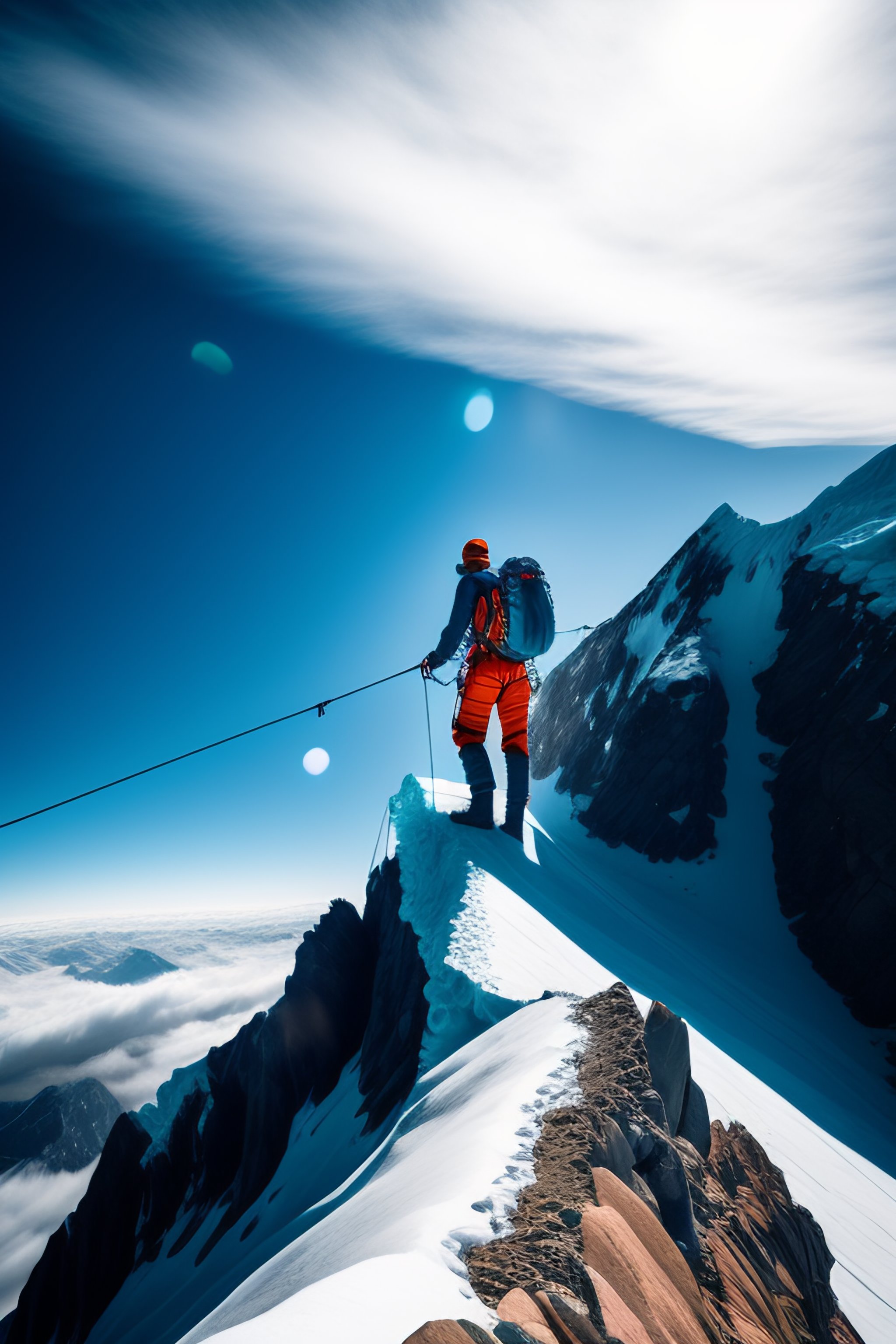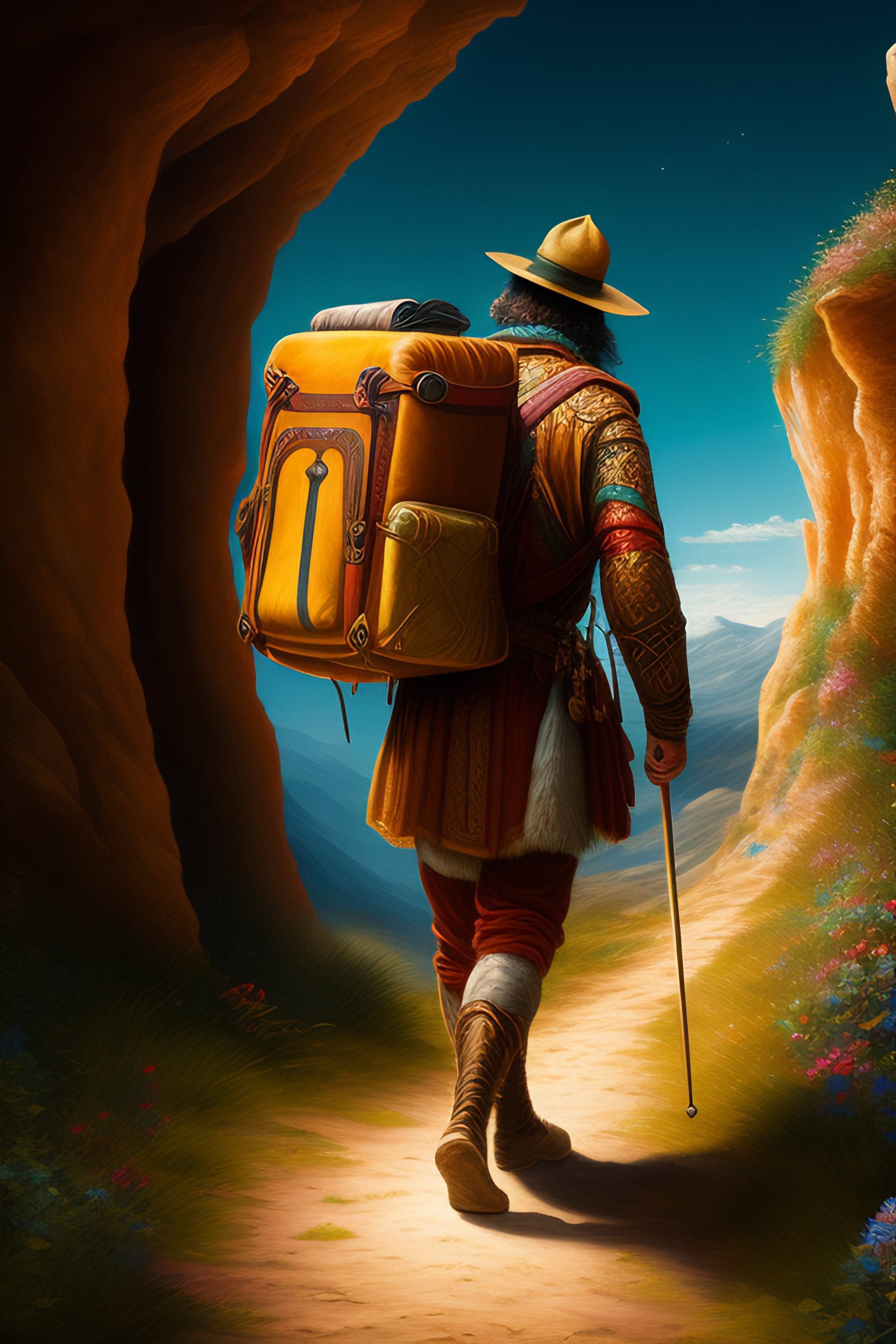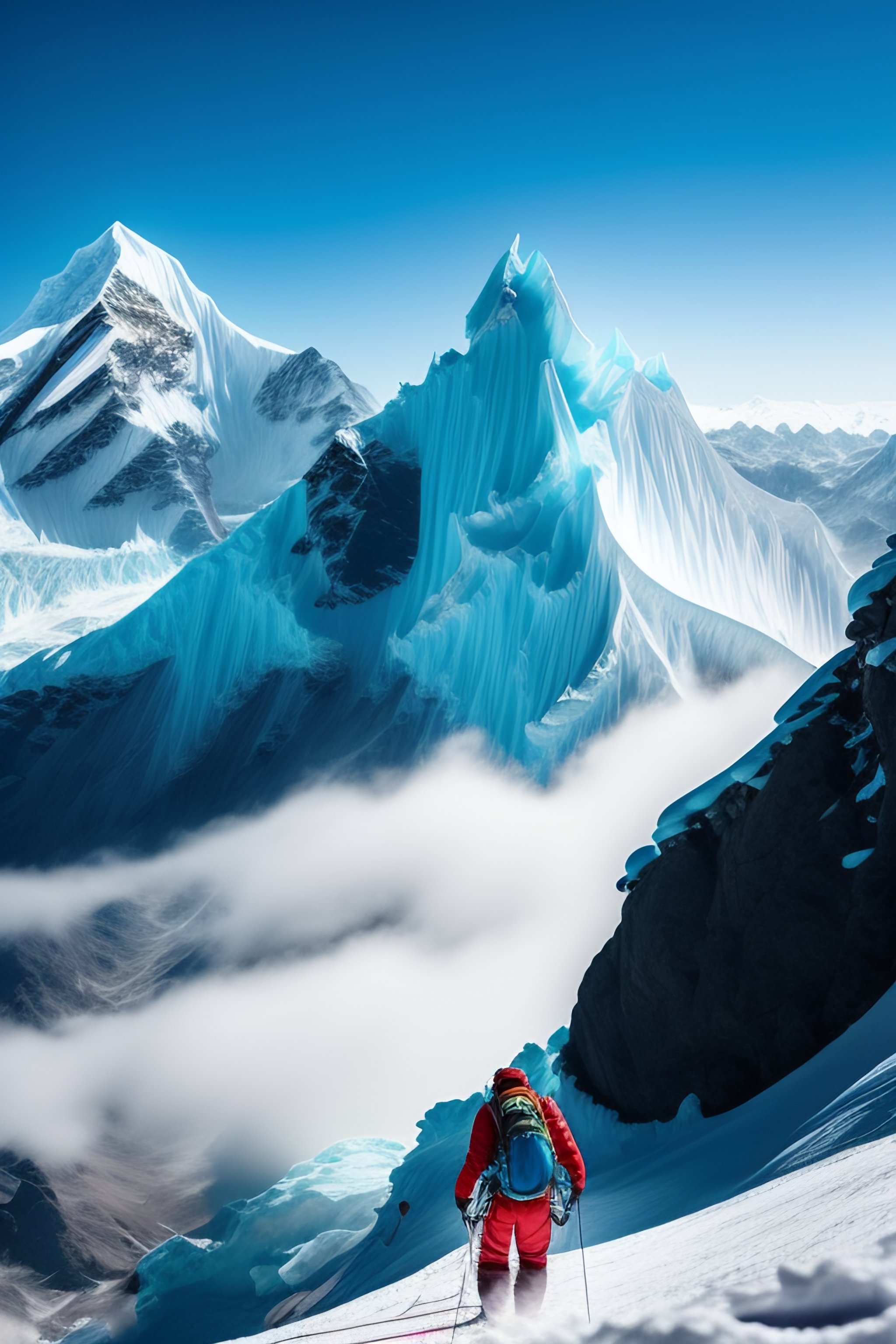The Himalayan Explorer: Tips, Guides, and Stories for Your Next Adventure
|
The
Himalayan Explorer: Tips, Guides, and Stories for Your Next Adventure |
|
|
|
The Himalayan mountain range is a spectacular
destination that attracts adventurers from all over the world. From the
towering peaks of Mount Everest to the rolling hills of Nepal and Bhutan, the
Himalayas offer a diverse range of landscapes, cultures, and experiences. If
you are planning your next adventure to this region, here are some tips,
guides, and stories to help you make the most of your journey. |
|
|
|
Choosing Your Destination |
|
|
|
The Himalayan range spans over 2,400 kilometers
and includes countries like India, Nepal, Bhutan, Tibet, and Pakistan. Each
country has its own unique culture, landscape, and experiences to offer. When
choosing your destination, consider factors like the type of adventure you
are looking for, your fitness level, and your budget. |
|
|
|
Nepal is a popular destination for trekking and
mountaineering, offering a range of trails from easy walks to challenging
climbs. The Annapurna Circuit, Everest Base Camp Trek, and Langtang Trek are
some of the most popular trails in Nepal. |
|
|
|
Bhutan is known for its scenic beauty, cultural
heritage, and sustainable tourism practices. Trekking in Bhutan offers a
chance to explore remote villages, monasteries, and landscapes that are
untouched by modernization. |
|
|
|
India's Himalayan region is home to a range of
treks and adventure activities. The Leh-Ladakh region is known for its
stunning landscapes, while the Kumaon and Garhwal regions offer a range of
treks, including the Roopkund Trek and the Valley of Flowers Trek. |
|
|
|
Preparing for Your Adventure |
|
|
|
The Himalayas are a challenging destination, and
it is important to prepare yourself physically, mentally, and logistically.
Before embarking on your adventure, make sure to get a comprehensive medical
check-up and discuss any pre-existing health conditions with your doctor. |
|
|
|
Trekking in the Himalayas involves walking for
several hours a day, often at high altitudes. It is important to build up
your fitness levels by engaging in regular exercise, including cardio,
strength training, and endurance training. You can also practice hiking with
a backpack to get used to the weight and improve your stamina. |
|
|
|
Packing for Your Adventure |
|
|
|
Packing for a Himalayan adventure requires careful
consideration. You will need to pack for different weather conditions,
including cold temperatures, rain, and snow. Some essential items to pack
include: |
|
|
|
Warm clothing, including thermal wear, down
jacket, and fleece |
|
Rain gear, including a waterproof jacket and
pants |
|
Trekking boots with good ankle support |
|
A backpack with a capacity of 50-70 liters |
|
Sleeping bag, sleeping pad, and tent |
|
First-aid kit, including medication for altitude
sickness |
|
Water bottles and water purification tablets |
|
Headlamp or flashlight |
|
Sunscreen, sunglasses, and a hat |
|
Snacks, including energy bars and nuts |
|
Guides and Trekking Agencies |
|
|
|
Trekking in the Himalayas can be challenging, and
it is important to have a guide or join a trekking agency. A guide can help
you navigate the trails, provide information on the local culture and
history, and ensure your safety. |
|
|
|
There are several trekking agencies in the
Himalayan region that offer guided treks and adventure activities. When
choosing an agency, make sure to check their credentials and reviews. You can
also ask for recommendations from fellow travelers or travel bloggers. |
|
|
|
Stories and Inspiration |
|
|
|
The Himalayan region has inspired countless
adventurers and explorers over the years. From Sir Edmund Hillary's ascent of
Mount Everest to Reinhold Messner's solo climb of the Nanga Parbat, the
Himalayas have witnessed some of the most daring and inspiring expeditions in
history. |
|
|
|
If you are looking for inspiration for your next
adventure, there are plenty of stories and accounts of adventurers who have
explored the Himalayas. You can find books, documentaries, and online
resources that offer insights into the challenges and rewards of trekking,
mountaineering, and other adventure activities in the region. |
|
|
|
For example, the book "Into Thin Air" by
Jon Krakauer offers a gripping account of the 1996 Mount Everest disaster,
where eight climbers died while attempting to summit the peak. The book
provides a detailed look at the physical, mental, and logistical challenges
of climbing Mount Everest, as well as the risks and rewards of such an
adventure. |
|
|
|
Another inspiring story is that of Arunima Sinha,
the first female amputee to climb Mount Everest. Arunima lost her leg in a
train accident in 2011 and decided to pursue mountaineering as a way to
overcome her disability. In 2013, she successfully climbed Mount Everest and
has since gone on to climb several other peaks in the Himalayas. |
|
|
|
Apart from these individual stories, the Himalayas
have also played a significant role in shaping the cultures and traditions of
the region. The Buddhist monasteries of Ladakh and Bhutan, the Hindu temples
of Nepal, and the ancient trade routes that connected India with Tibet and
China are all part of the rich history of the Himalayas. |
|
|
|
In Conclusion |
|
|
|
The Himalayan Explorer is an adventure of a
lifetime, offering a unique blend of natural beauty, cultural diversity, and
physical challenge. With careful planning, preparation, and guidance, you can
embark on a journey that will push your limits and reward you with
unforgettable experiences. |
|
|
|
Whether you are a seasoned adventurer or a
first-time trekker, the Himalayas have something to offer for everyone. So,
start planning your next adventure and get ready to explore the majestic
mountains of the Himalayas. |



Comments
Post a Comment